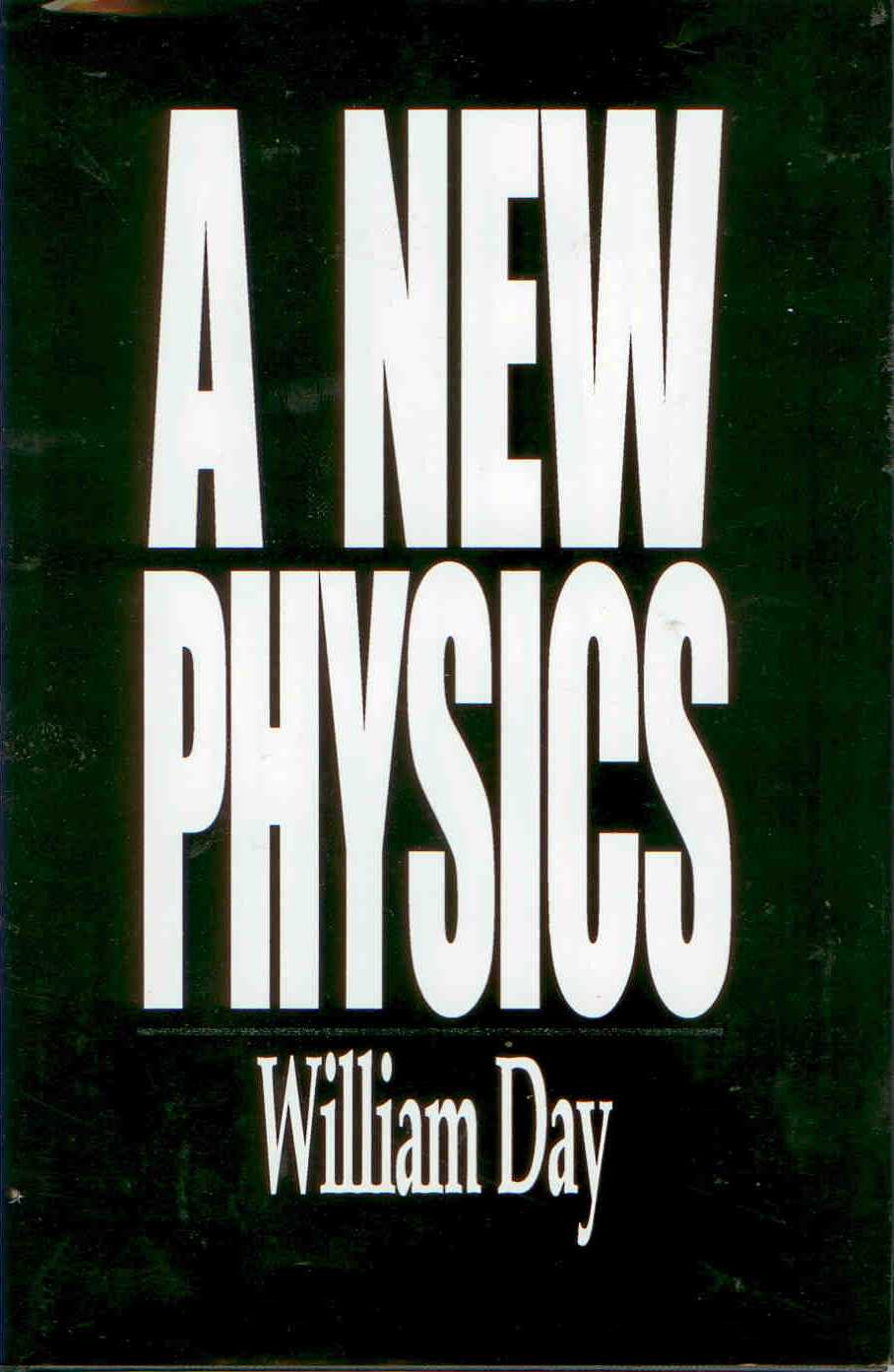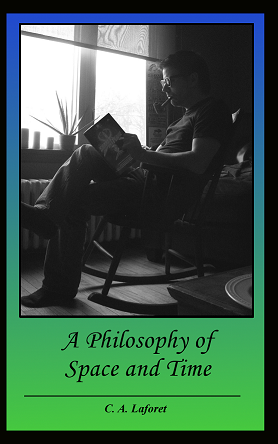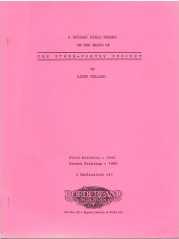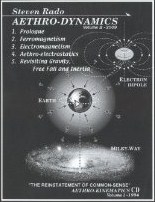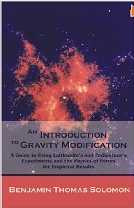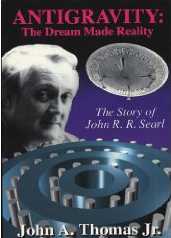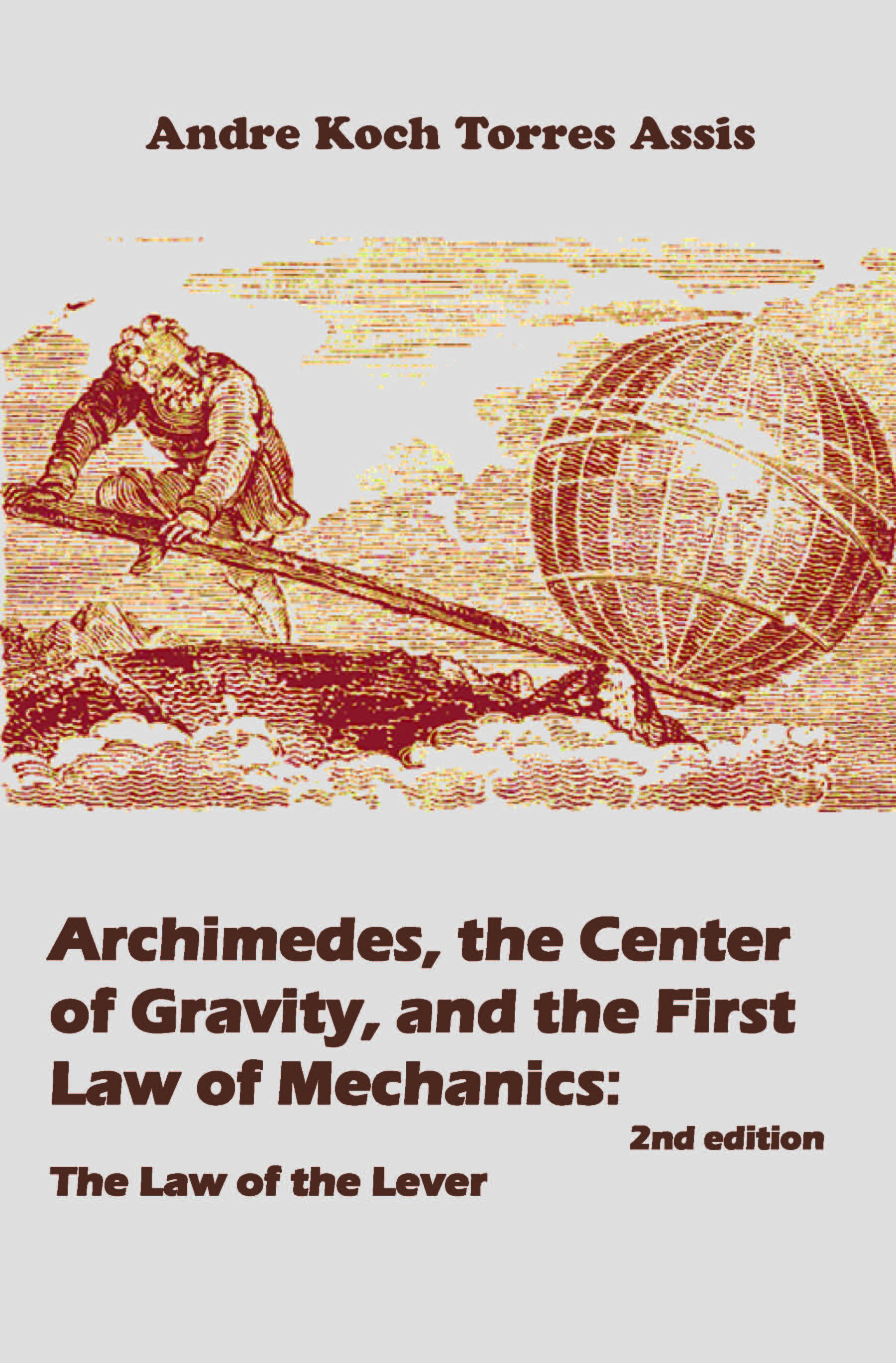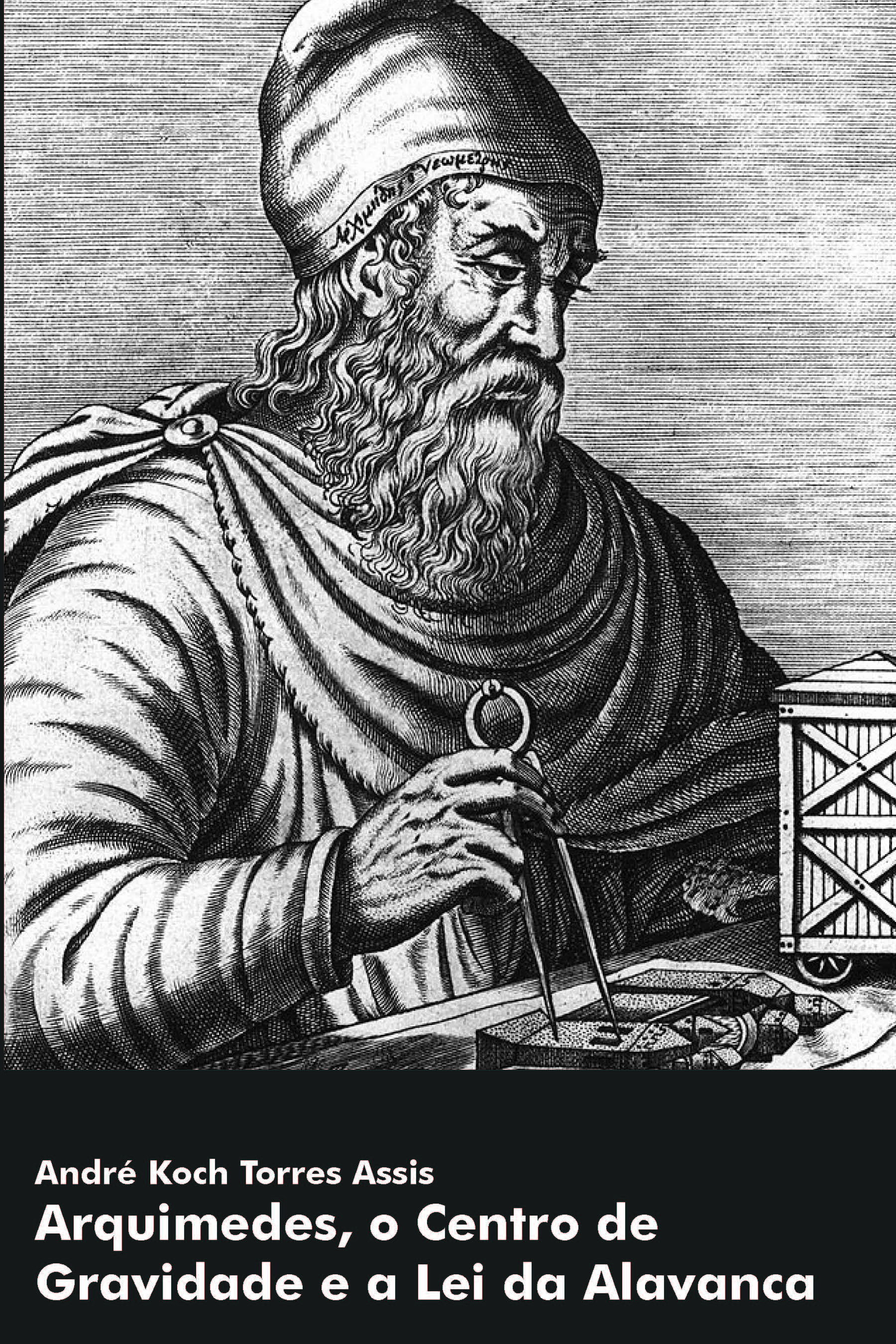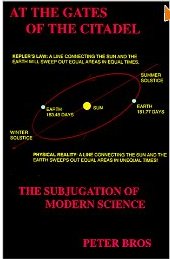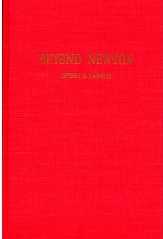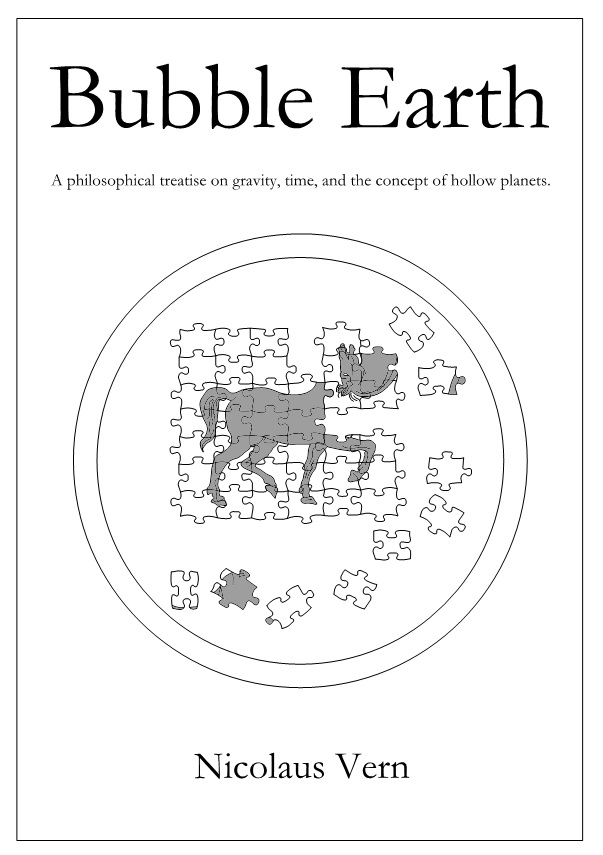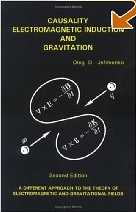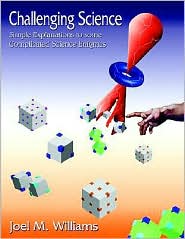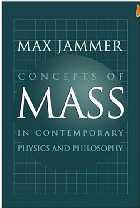(See right-hand panel for a full list of scientists, papers, and books)
View count: 1
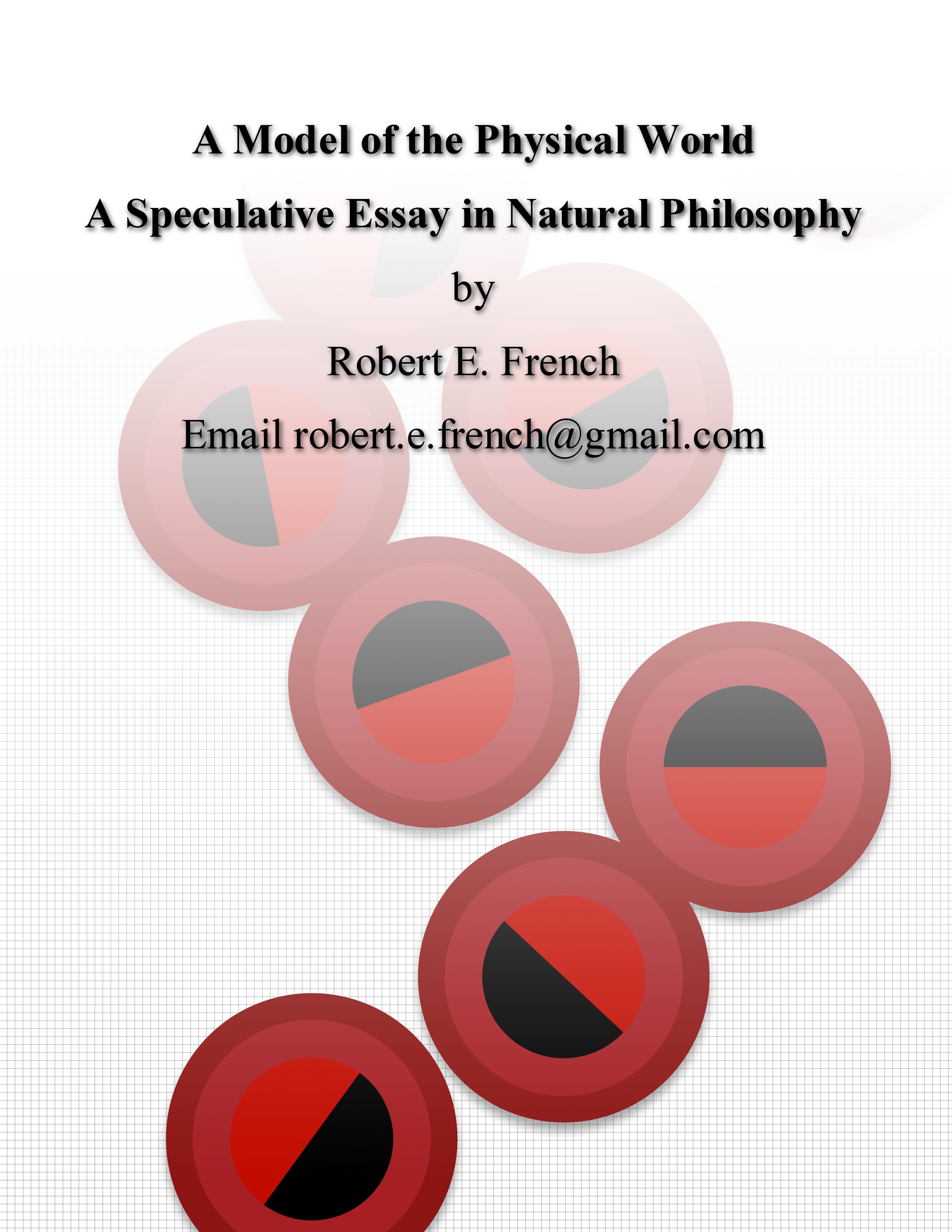
View count: 1
Pages: 104
Publisher: Robert E. French
Year: 2016
ISBN: 978-0-692-75314-9
Read some of its content now
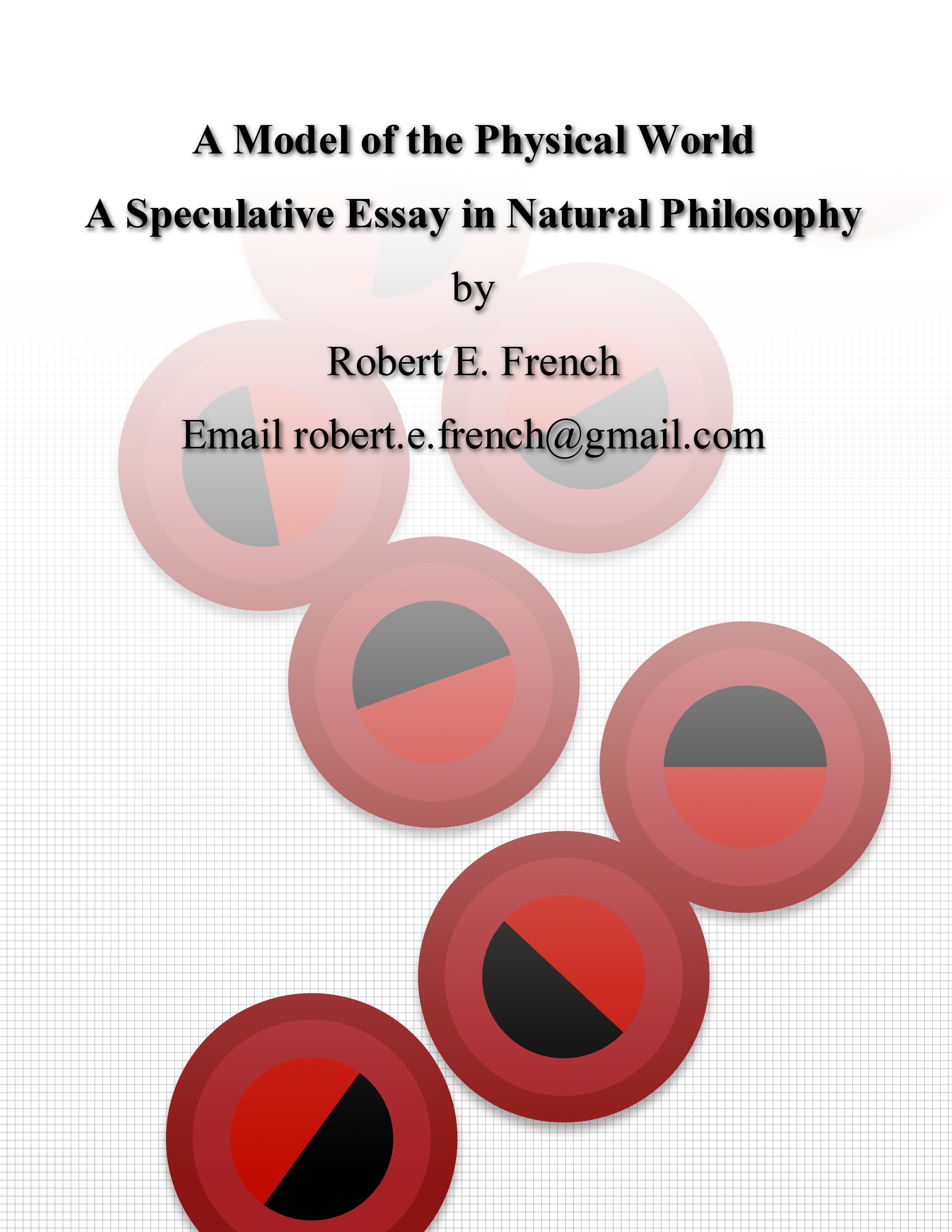
View count: 1
Pages: 104
Publisher: Robert E. French
Year: 2016
ISBN: 978-0-692-75314-9
Download and read it now
Pages: 208
Publisher: Foundation for New Directions
Year: 2000
ISBN: 096254552X
ISBN: 978-0962545528
Websites: www.non-newtonphysics.com www.fnd.org/pgs/physics/holphy.htm
Motion is not what we think it is!
Those who explore the world of science know that the whole enterprise has but one permanent aspect: like it or not, what we know to be true is always changing. This is, of course, disconcerting to those who are emotionally attached to the explanations of nature they have learned in the past. Real progress in any kind of inquiry is always hindered by what we already think we know and, perhaps more importantly, our experiences that are shaped by this knowing.
Those who explore the worlds of bodywork and movement therapies are also familiar with uncertainty--when you have achieved some conviction about how the human body really works, there is a big surprise in store for you, often with your next client.
A New Physics is written by a chemist, William Day, and is published by a pioneer in the exploration of somatics, Marvin Solit. The reviewer attaches importance to this collaboration because of a belief that physics and the other sciences have suffered greatly from being detached from the wisdom of the living body. - From Summary by Jim Oschman (http://www.fnd.org/pgs/physics/newphysics_review.htm)
By Hal Fox:
The day this book was received in the mail, I had been having a vigorous (but friendly) discussion with Dr. S-X Jin. We were discussing the aether as a vast expanse of substance (not matter) that has enormous energy. I made the statement, ?One must keep in mind that all experiments are embedded in this highly-energetic medium.? Dr. Jin observed, ?With that concept, you can explain anything.? Exactly! However, the explanations must be based on logic, the scientific method, and not just supposition.
It was a pleasant surprise to find that Dr. William Day has, as a fundamental part of the New Physics, a universal ?medium? (which is a better name than aether) in which matter is embedded. Day describes how it has been known for over a hundred years that light waves must have an incredibly cohesive (rigid) medium to be able to transmit light waves at 186,000 miles per second. How matter can exist, move, and demonstrate its properties in such a medium is addressed in an astonishingly simple way: ?Matter is disengaged from the medium.? Although light can be emitted by matter and travel through the medium and strike or affect other matter; light, but not matter, can travel through the medium at the speed of light.
Here is a simple experiment. Fasten one end of an elastic material, pull it out a specific distance. Pluck the elastic and note the frequency of vibration. Now using half of the elastic material, stretch it out to the same length as before. Note that when it is plucked the vibration is much higher. That is just a simple analogy that for a medium to allow light to travel so fast, it must be more rigid (more cohesive) than steel. The nature of the disengaged (from matter) medium is its high rigidity and its ability to carry light waves at such high velocities.
The first person I have known to describe atomic electrons as an orbit shell was Dr. Randell Mills in his book, The Grand Unified Theory of Classical Quantum Mechanics, (?1996, published by Blacklight Power, ISBN 0-9635171-2-0). Dr. Day uses a similar model for electron shells around atomic nuclei and makes some interesting calculations to show how the shells are ordered. To me the orbit shell is a much improved model as compared to the concept of a small particle swirling about the nucleus like the moon around the earth.
Another novel concept Day uses in his model of motion, matter, and energy is the predominant place for motion. He explains that motion and the structure of matter are inseparable. This is a powerful concept. For those of us who have been schooled in classical physics, this concept requires some explaining (which Day does most adequately).
Another powerful concept stems from using a minimum number of discrete particles to explain the composition of all matter. A surprising statement is that ?Nature has no forces.? For example, if matter is imbedded in the medium, Day can make the following statement: ?It takes no force for a body to move spontaneously in response to its environment. The nucleus influences the course of its satellites, not by forcing their motion, but by shaping the environment which guides them.? Dr. Day describes how this concept can account for gravity from small to large masses and for the orbiting that occurs in some large body systems.
Day makes the following statement (page 25): ?We need to change the principles upon which the physics is based. The physics of matter and space is different from the physics of motion devised by Newton and Einstein. Dynamics needs to be relegated to its role of measuring the motion of bodies in Newtonian space and a new physics be use to describe the nature of matter.?
Dr. Day has carefully analyzed some of the dogma of physics. For example, the concept of mass being able to increase with velocity is outside of our range of experience. Day states, ??physics does not provide an explanation for mass as we experience it. To suggest that it changes with velocity, therefore, is a detached hypothesis that has to be accepted on faith.?
From this reviewer?s fifty years of trying to comprehend the physical nature of the universe, one major concept has emerged: Too much of modern physics is dogma and must be accepted on faith. The new physics as espoused by William Day is surprisingly free of dogma. However, there are concepts that are so new and, therefore, lacking in experimental proof, that the reader must label these concepts as a part of a developing model subject to experimental challenges.
The historic work by Michelson in setting up experiments to determine the effect on transmitted light by the earth?s rotation through the aether is only half taught in many of our institutions of learning. The work by Michelson and Morley (in 1887), which had negligible results, is frequently cited and strongly used to support the concept that there is no aether. What the experiment actually proved was that the experimental arrangement could not measure the influence of the earth?s motion with respect to the luminiferous aether. Michelson and Gale (in 1925) reported on an improved experiment designed to test: ?Theory of the effect of the rotation of the earth on the velocity of light as derived on the hypothesis of a fixed ether.? The results of this experiment in which ??two hundred and sixty determinations?? were made were positive.
The observed results were 0.230 +/- 0.005 (fringes) and the calculated results were 0.236 +/- 0.002 fringes. An amazingly close agreement between observations and theoretical prediction. Dr. William Day reprints the Michelson-Gale report in an Appendix to his book for which this reviewer applauds the author! Ask yourself the question, ?Why do the scientific professors teach the negative results of the early Michelson-Morley experiment and ignore the extensive data and high accuracy of the Michelson-Gale report?? You will probably consider the same explanation as this reviewer and, I believe, Dr. William Day has reached. The Michelson-Gale data did not fit the currently-accepted model of physics, therefore, the data was ignored and, unfortunately, still is. Dogma is more important than facts in some cases. Fortunately, Day?s model of Physics is free of dogma and explains many of the unexplained experimental observations that are unexplained by current physics.
Dr. William Day has spent well over a decade in publishing his four books as he has developed A New Physics. (Bridge From Nowhere, 1989; Bridge From Nowhere II, 1996; and Holistic Physics, 1998). This book, A New Physics, is highly recommended. It should be made ?must read? for every college freshman before he or she takes their first course in college physics. Then it should be reread after they take college physics. This reviewer believes that in this book lies the foundation (but not all of the answers) for a fundamental improvement in our model of physical reality.
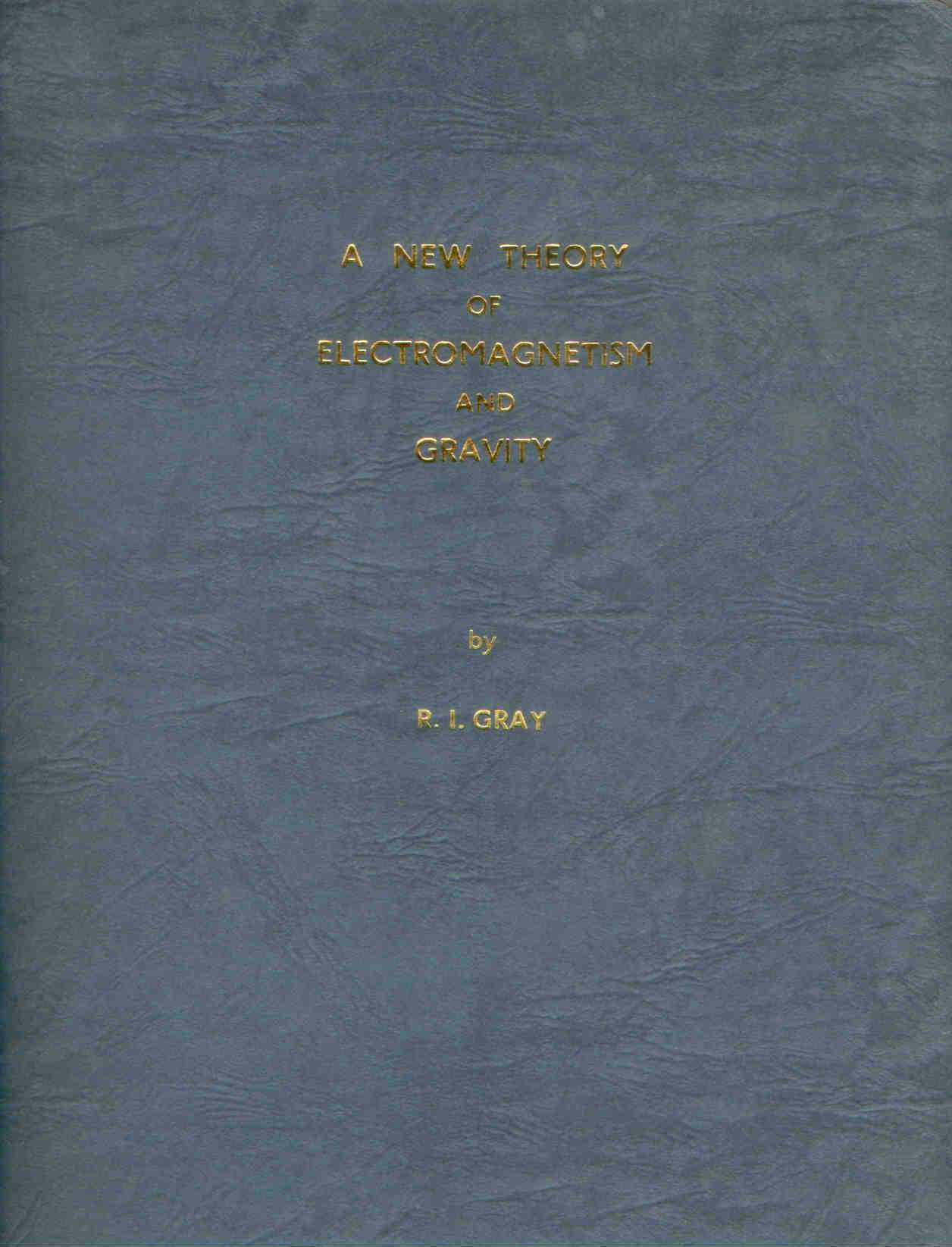
View count: 1
Pages: 65
Publisher: Reginald Irvan Gray
Year: 1975-ish
Download and read it now
For over 300 years the conflict between electromagnetic wave and particle theories has engaged the minds of physicists and mathematicians, the cleavage being accentuated rather than reduced by the advent of wave mechanics. The classical electromagnetic theory of Maxwell, which has never claimed to be other than a linear, macroscopic theory, fails to explain the kno'lm, quantized, particle structure of the Universe and yet it provides an excellent fit to the experimental data at lower frequericies.
The linear electromagnetic equations, which ignore all higher order terms are, like the equation of S.H.M. applicable to the spring supported mass and the pendulum, only true as the displacement tends to zero. By means of lasers it has recently been proved that optical media are amplitude non-linear. Nor is the vacuum an exception to this rule. The fact of Dirac/s vacuum state is amply supported by experimental evidence of electron-positron pair production and annihilation (Ref. 10, pp. 214 to 219). The vacuum can be ionized, to yield a pair, with a potential energy of 2mec2 ~ 1.02 MeV and this corresponds to the resonant peak of the dispersion characteristic. Optical photons with energies of only one to three eVe can produce virtual pairs in the phenomenon of light scattering by light, demonstration of which, in vacuo, awaits the inevitable development of more powerful lasers and x-ray-asers.
Perhaps least well known of all the anomalies are the contradications within the classical tHeory itself. 'l'hese are discussed at some length in this paper.
All these anomalies spring from the same root cause and in order to eliminate them a new unified theory of electromagnetism and gravity has been developed by the Author over the last 10 years. 'rhis theory, which quantizes naturally and necessarily, removes all the known anomalies and yields Maxwell.ls equations as a very good approximation when the signal. frequency is so low compared with the "Zitterbewegung" frequency of the electron that the use of differential wave equations introduces negligible error. This paper is a synopsis of a book which is soon to be published.
Pages: 66
Publisher: Self-Published
Year: 2012
ISBN: 1475108699
Websites: https://www.createspace.com/3836009
One night, I started to wonder about how I could prove that 'time' is not a fundamental property of the Universe. One month later, I had finished writing a paper on what is either the Grand Unifying Theory of physics, or a record of some of the strangest therapy sessions ever devised. This book contains the paper as well as the story behind the paper and its author.
Pages: 15
Publisher: Borderland Sciences
Year: 1986
ISBN: B001NQVJXM
Websites: www.borderlands.com/alternativescience.htm
View count: 1
The basic hypothesis of Topological Geometro-Dynamics (TGD) is that space-time is representable as a 4-surface in 8-dimensional space M4+ ? CP2. The notion of many-sheeted space-time forced by this hypothesis implies numerous new physics effects including gravitational anomalies, the possibility of negative energy space-time sheets making possible over unity energy production and classical communications to the geometric past. An essential element is the new view about the relationship between inertial and gravitational energy. The geometrization of the classical gauge fields in turn predicts the existence of long range color and electro-weak gauge fields, in particular classical Z0 field, which gives rise to macroscopic effects resembling those assigned usually with torsion fields. These fields are assignable to dark matter hierarchy rather than ordinary matter. In this article the strange findings about the physics of rotating magnetic systems are discussed in order to illustrate the new physics predicted by TGD.
In the beginning of the year 2002 I learned about strange effects related to rotating magnetic systems, and the model for these effects has evolved (and is still evolving) gradually during the year 2002 via trial and error process. Several new physics effects seem to be involved.
Pages: 396
Publisher: Universal Publishers
Year: 2008
ISBN: 1599429926
ISBN: 978-1599429922
Pages: 130
Publisher: DISC Worldwide Inc.
Year: 1993
ISBN: 1898827990
ISBN: 978-1898827993
Pages: 233
Publisher: Apeiron
Year: 2010
ISBN: 9780986492648
Websites: redshift.vif.com/
This is the second edition of a book originally published in 2008.
One of the goals of this book is to present the basic phenomena of mechanics through simple experiments performed with inexpensive materials. We present the fundamental experiments on falling bodies, equilibrium and oscillations around equilibrium positions. We also show how the theoretical concepts are formed and modified during this process, just as occurred in the formulation of the basic laws of mechanics.
We show how more complex phenomena can be explained and clarified by means of elementary experiments. Playful and curious experiments are also presented. They stimulate creativity, critical thinking and a sense of humour in science. They also relate everyday phenomena to the fundamental laws of physics.
The emphasis is placed on experimental activities. After the experiments we formulate the definitions, concepts, postulates, principles, and laws describing the phenomena. The materials utilized are very simple, easily found at home or in stores, all of them very inexpensive. Even so, we can carry out very precise experiments and construct sensitive scientific equipment. The reader need not depend on any school or research laboratory, as he can build his own equipment and perform all the measurements.
If the experiments presented here are performed in the classroom, each student should ideally perform all the tasks, even when working in a group. Each one should build his own equipment (support, plumb line, lever, etc.), cut out his geometric figures and then take all this personal material home. This procedure is richer in lessons than simple demonstrations of the effects by a teacher. It is essential that all students put their hands to the plough.
The book is also rich in historical information, which gives the context in which some laws were discovered, and also different approaches taken in discovering them. We are careful about in formulating concepts and physical principles. It will be seen, for example, how difficult is to find the correct words to precisely define the center of gravity so that this concept can encompass a whole series of experiments. We distinguish clearly between definitions, postulates, experimental results, and physical laws. We also distinguish explanations from descriptions of phenomena. These aspects illustrate the sociological and human aspects of the formulation of physical laws.
This book is written for students and teachers of science, physics, and mathematics. It can be utilized at High Schools or at Universities, depending on the level at which each aspect is analyzed and explored. It has enough experimental and theoretical material to be employed in all levels of teaching. Each teacher should adapt the contents presented here to his own school environment. It can also be utilized in courses on the history and philosophy of science.
The best way to grasp the contents of the book is to perform the majority of the experiments described here in parallel with the reading. There are many philosophical, theoretical, and mathematical approaches relating to physical science. But physics is essentially an experimental science. It is the combination of all these aspects that make it so fascinating. For this reason we strongly recommend that the experiments presented in the book be repeated and improved. We hope that the reader will have the same pleasure in performing these experiments as we had in developing them.
Pages: 243
Publisher: Apeiron
Year: 2008
ISBN: 9780973291179
Websites: redshift.vif.com/
Pages: 263
Publisher: Financial Book Partners
Year: 1995
ISBN: 0962776955
ISBN: 978-0962776953
Websites: www.copernican-series.com/citadelp.html
Empirical science purports to use procedures which turn concepts into facts. In doing so, it creates unchallengeable laws, laws that were created by men hundreds of years ago before we had any real knowledge of reality, but which now control the reality that empirical science paints a picture of for us. For instance, in an attempt to demonstrate that gravity is proportional to matter, rather than what matter is doing, cooling, Newton created a law that planets will move in straight lines but for the force of gravity, giving rise to the endless search for black holes and dark matter. Thus, our concepts of motion are built the billiard tables of the elite upon which balls remain at rest until something strikes them, and then remain in motion until something stops them. But the balls, sitting motionless on the billiard table, are not motionless. They are traveling around eight hundred miles an hour where I live, moving with the surface of the Earth as the Earth rotates on its axis at about 25,000 miles per hour. They are moving at the rate of 67,000 miles per hour as the Earth orbits the sun, and about 300 miles per hour as the sun falls within the galactic arm. Thus, the existing laws of motion do not adequately explain motion, because empirical science has no physical description of what is holding the balls motionless with respect to the surface of the Earth and no physical description of the forces that make the planets rotate on their axes or orbit the sun, or the sun to drift with the galactic arm of which it is a part. However, knowing that the balls at rest on the surface of the billiard table are not motionless, we can look at the planets orbiting the sun, and assume they are in motion when in fact we know that all objects, no matter where, come to rest with respect to the current forces that are acting upon them, the new law of motion set forth in At the Gates of the Citadel. Even though with respect to one another, the forces with which the planets are at rest with cause the planets to appear to move, knowing that the planets are at rest with respect to the current forces acting upon them leads us to examine reality in a search for what Sir Francis Bacon called the hidden causes of motion, causes that we would never really be able to know with certainty, but which we could approximate by creating concepts based on existing facts, and then updating those concepts as new facts come to light, the very antithesis of the empirical law producing, fact creating scientific method.At the Gates of the Citadel outlines the way we have to deal with the things we can never know with certainty, eliminating all of the laws and scientific "facts" in favor of a concept model designed to weed out the inconsistent in favor of that which explains the most, with the most consistency and the least effort, the goal of The Copernican Series.
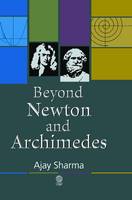
View count: 1
Pages: 334
Publisher: Cambridge International Science Publishing Ltd. Cambridge ENGLAND
Year: 2013
ISBN: 978-1907343933
Websites: www.AjayOnLine.us www.amazon.com/Beyond-Newton-Archimedes-Ajay-Sharma/dp/1907343938 www.cisp-publishing.com/acatalog/info_109.html
Beyond Newton and Archimedes Publisher: Cambridge International Science Publishing, Cambridge England, Oct. 2013
The spiritualism becomes science if testable. Science becomes superstition if un-testable.
http://www.amazon.com/Beyond-Newton-Archimedes-Ajay-Sharma/dp/1907343938
Chapters of ‘Beyond Newton and Archimedes
1. 2360 Years Old Aristotle's Assertion Revalidated by Stokes Law
2. Construction of Water, Glycerine
and Ethyl Alcohol Barometers
3. Archimedes Principle: The Oldest Established Law
4. The Generalized Form of Archimedes Principle
5. Prediction of Indeterminate Form Of Volume From
6. Archimedes Principle Is Stokes Law Applicable for Rising Bodies?
7. Limitation of Existing Theories and an Alternate Theory of Rising, Falling and Floating Bodies
8. Route to Newton's Laws of Motion
9. Experimental Confirmations of Equations of Conservation Laws in Elastic Collisions
10. Elastic Collisions in One Dimension and Newton's Third Law of Motion
Back cover of Beyond Newton and Archimedes
· Newton’s second law of motion, F = ma was not derived by Newton. It is clear from the Principia. Euler gave in 1775 in research article. It is available at website of Mathematical Association of America. However, the first and third laws, as we teach now, were given by Newton.
· The mathematical equations, based upon the Archimedes principle, became feasible after 1937 years of enunciation of the principle. How did scientists take the principle granted for so many years without equations? Newton defined g (acceleration due to gravity) in 1687.
· When mathematically analyzed, the 2265 years old Archimedes principle predicts that, under certain feasible conditions, the volume of the medium filling a balloon becomes undefined, i.e. V = 0/0 (meaningless).
· When the Archimedes principle is generalized, then the exact volume, i.e. V = V is obtained.
· Further, the Archimedes principle does not account for the shape of the body, the viscosity of the medium, etc., these factors can be taken in account by the generalized principle. The generalization can be experimentally confirmed by sensitive experiments.
· R Piazza reported anomalous observations to the Archimedes principle in sensitive experiments, i.e. heavy particles of gold floated over the surface of a lighter medium.
· Aristotle’s assertion about falling bodies (i.e. a heavier body falls more quickly than a lighter one) is even now true under the conditions, Stokes law holds good (in fluids).
· In the existing literature, there is no theory which explains the distance travelled (fallen or arisen) by bodies of different magnitudes (1 mgm or less and 10 kg or more ) of different shapes ( spherical or distorted) in time t (say 1s) in various fluids. Consequently a generalized theory of rising, falling and floating bodies is formulated for the first time.
· The Italian scientist Evangelista Torricelli constructed a mercury barometer in 1644, but even after 369 years no water barometer has been constructed. It would require a tube 10.3 m long and experiments may be revolutionary in many respects.
www.AjayOnLine.us Email ajay.pqrs@gmail.com Mobile 0091 94184 50899
Publisher: North Pacific Publishers
Year: 1964
ISBN: 0913138037
ISBN: 978-0913138038
View count: 1
Pages: 100
Publisher: Quill Publications, Inc.
Year: 1991
ISBN: 0962993301
Websites: www2.econ.iastate.edu/tesfatsi/MFSpears/
Pages: 224
Publisher: Electret Scientific Company
Year: 1992; 2nd ed 2000
ISBN: 0917406230
ISBN: 978-0917406232
Websites: www.as.wvu.edu/coll03/phys/www/OJ/jefimenk.html en.wikipedia.org/wiki/Oleg_D._Jefimenko
Pages: 108
Publisher: AuthorHouse
Year: 2005
ISBN: 1420842382
ISBN: 978-1420842388
Websites: pages.swcp.com/~jmw-mcw
My MCAS electronic model of atoms demonstrates that:
- Atoms are more like blocks than spheres. Thus, atoms can truly be called nature's ?building blocks?.
- Laws that govern electrons at the atomic level are the same ones that govern them in our macro-world. Electrons do not possess ?OR? duality (wave OR particle), but rather they possess ?AND? duality. In the absence of a model that allows things to be the same at the atomic and macro-environments, it is perfectly reasonable to adopt one that can be mathematically described. But as the MCAS model demonstrates, electrons do NOT need to be different at the atomic level! Thus, it is quite illogical to think otherwise.
- Electron-spin predestined the predominant singular twist of natural molecules (i.e., DNA). With a singular spin, electrons flow chirally around nuclei. Thus, electronic orbitals possess built-in chirality. Atoms of the universe were the first to have a one-way traffic system.
- The electronic structure about an atom is dynamically flexible. As more electrons surround a nucleus, more optimal packing arrangements must occur. At speeds near that of light, electrons tune to each other's velocity, position, and charge to occupy observed energy states. The ?uncertainty principle? applies to man and his tools, not to electrons.
- Having a mathematical description does NOT validate a model. Degenerate, funny shaped orbitals (think dz2) in the currently accepted model highlight the power of mathematics to model anything and everything. With complete faith in mathematics, intellectuals no longer revisit the reasons for its epicycles; any error is unthinkable. Generations are duped as tons of scripture turn theory into law. Unbiased introspection is lost, even as intellectuals are certain it is otherwise. Heretics are just ignored by the powers that be and their views go unseen by the masses.
- The current quantum-mechanical model for electrons around atoms is NOT correct. The quantum theoretical approach is validated by the photoelectric effect. It is the nlms model that is not correct. The electronic cloud around a hydrogen atom is NOT spherical; it is tetrahedral and chiral. Electrons of atoms retain their velocity by interacting with the nucleus. Thus, they are nuclear powered.
Scientific Enigmas
- The Binary Mole
- Radioactivity - Atomic Alarm Clocks
- Tunneling - A Time Phenomena
- Gravity Simplified
- Delta State of Matter
The MCAS Atomic Model
- Modeling the MCAS Way
- Electrostatics of MCAS Molecule
- Quantum Aspects of MCAS Model
- Reactions the MCAS Way
- A YBCO Superconductor and MCAS
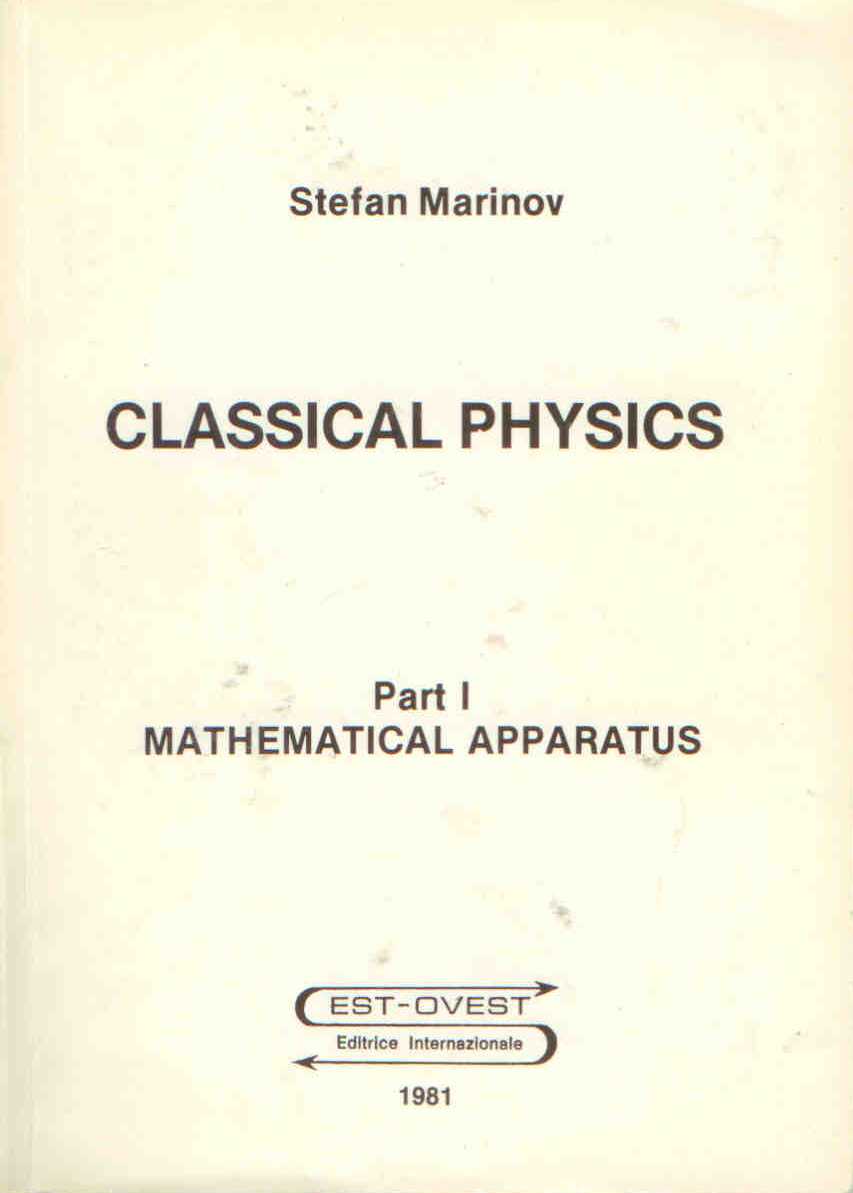
View count: 1
Pages: 260
Publisher: International Publishers
Year: 1981
Websites: en.wikipedia.org/wiki/Stefan_Marinov
MATHEMATICAL APPARATUS represents Part I of CLASSICAL PHYSICS which consists of the following five volumes:
I. Mathematical apparatus.
II. Axiomatics. Low-velocity mechanics.
III. High-velocity mechanics.
IV. Gravi-magretism.
V. Elektromagnetism.
The mathematical apparatus used in the four physical parts is presented in Part I. Thus the whole book can be read without consulting any other mathematical book. CLASSICAL PHYSICS is written as a text-book for high school students but, because of its simplicity and clarity can also be read by college students. It shows that classical physics is a very simple study understandable for any person who wishes to know it.
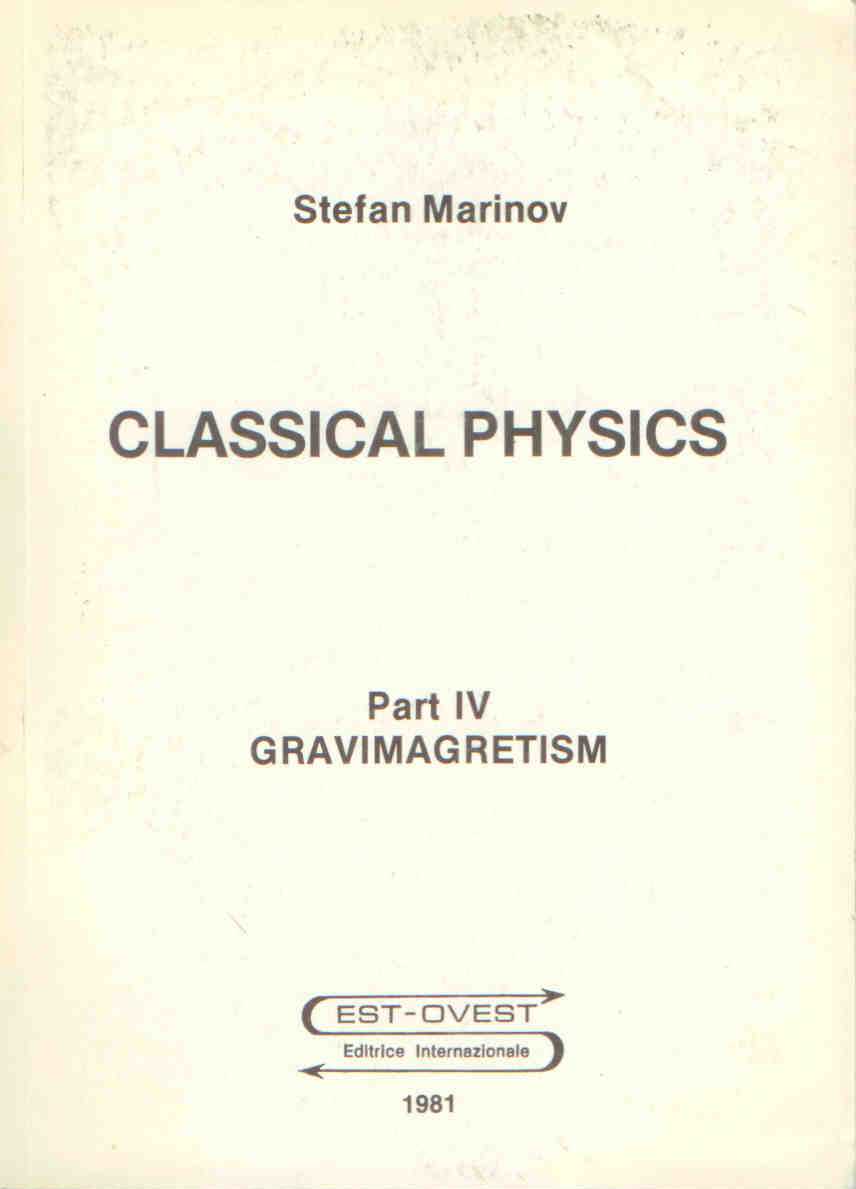
View count: 1
Pages: 236
Publisher: International Publishers
Year: 1981
Websites: en.wikipedia.org/wiki/Stefan_Marinov
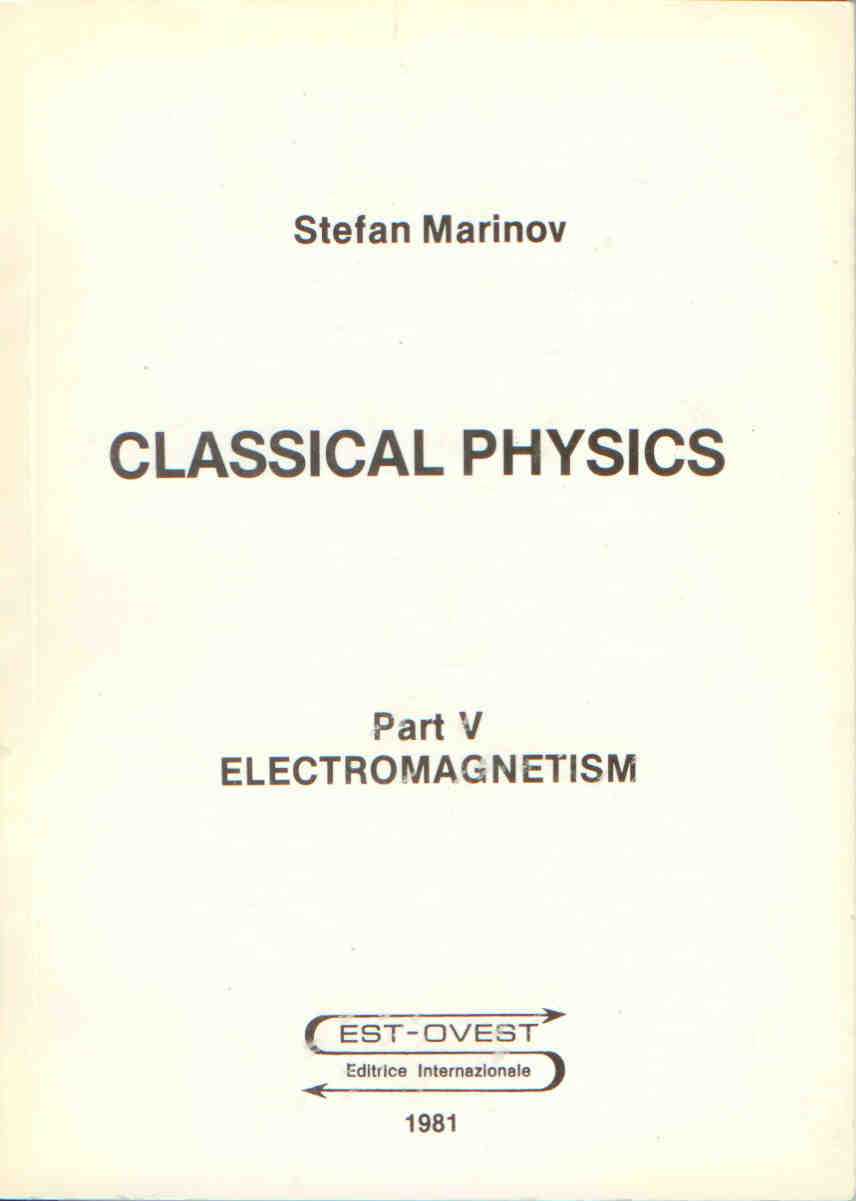
View count: 1
Pages: 246
Publisher: International Publishers
Year: 1981
Websites: en.wikipedia.org/wiki/Stefan_Marinov
Pages: 176
Publisher: Harvard University Press / Princeton University Press
Year: 1961/1999/2009
ISBN: 069114432X
ISBN: 978-0691144320
ISBN: 069101017X
ISBN: 978-0691010175
"Professor Max Jammer's book is a significant and important contribution to the conceptual foundations of physics, especially in the manner in which it explores how the concept of mass occurs in the context of gravitational and space-time theories." -- Ronald Anderson, Boston College
An interesting and stimulating mix of physics and philosophical issues . . . and its also fun to read. -- Barry R. Holstein, American Scientist
[Jammer's] contributions to the conceptual foundations of physics have been, and continue to be, both fruitful and enlightening. -- Jonathan Bain, Physics Today
[Jammer's] contributions to the conceptual foundations of physics have been, and continue to be, both fruitful and enlightening. -- Review


